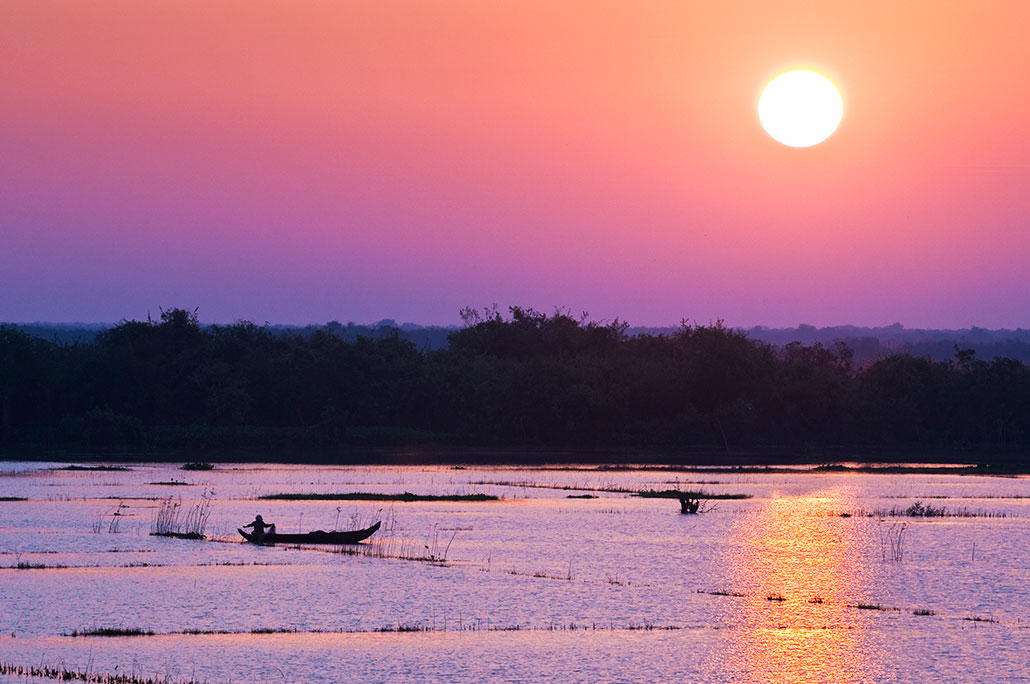Fishing is a way of life for people who live on the floating villages of Cambodia’s Tonle Sap Lake.
These Southeast Asians depend on fish that migrate in and out of the lake. And how many are there depend on the time of year.
The wet season runs from May to October. Rains rush off land in the Mekong River basin to the Tonle Sap River and lake. This raises levels in much of the lake — the largest in Southeast Asia. Starting around one meter (3 feet) deep, it can swiftly rise up to 10 meters (30 feet) deep. That’s like going from a shallow pool to enough water to cover a two-story building.
With all that water come vast numbers of fish. Once in the lake, many of these fish spawn. Near-shore places with lots of plants will shelter the young hatchlings from predators.

Later, when the dry season comes, the river reverses its flow. Lake levels now drop. Levels of oxygen in the water dip, too. This sends many of the fish heading back up river.
It’s a cycle that repeats, year after year.
Millions of Cambodians rely on the wet season. “They depend on the fish to eat,” says Mathieu Chevalier. He studies aquatic ecosystems at Ifremer. It’s a national institute for ocean science and technology in Brest, France.
But those fish are in trouble.
Overall, their numbers in Tonle Sap Lake have been falling dramatically. Compared to how many were there in 2003, just 12 percent as many could be found in 2019. Chevalier was part of a team that shared those data, two years ago, in Science of the Total Environment.
“If the trend continues,” he says, “there will be nothing [for people there] to eat any more.”

Such changes are not just happening in Southeast Asia. Across the planet, freshwater fish are facing multiple threats to their existence.
Dams are a big problem, Chevalier says. These structures break up river systems. They also reduce flooding, like the type that brings fish to Tonle Sap Lake each year….
Read the full article here
